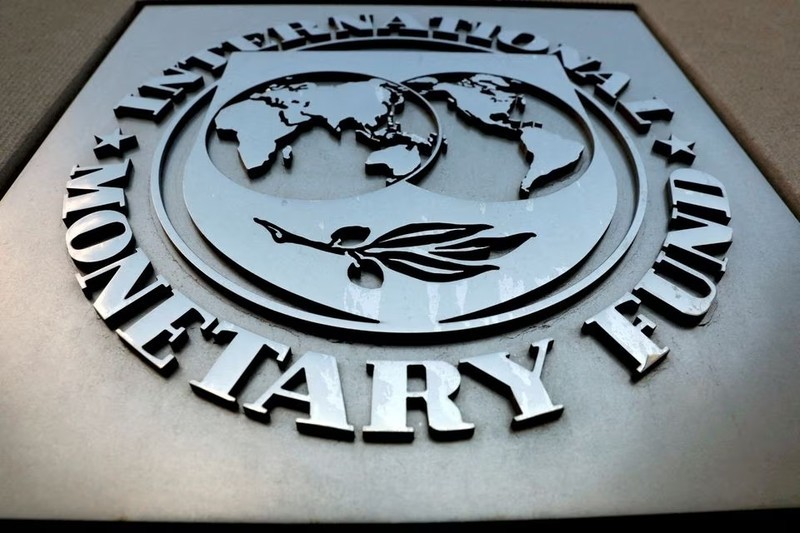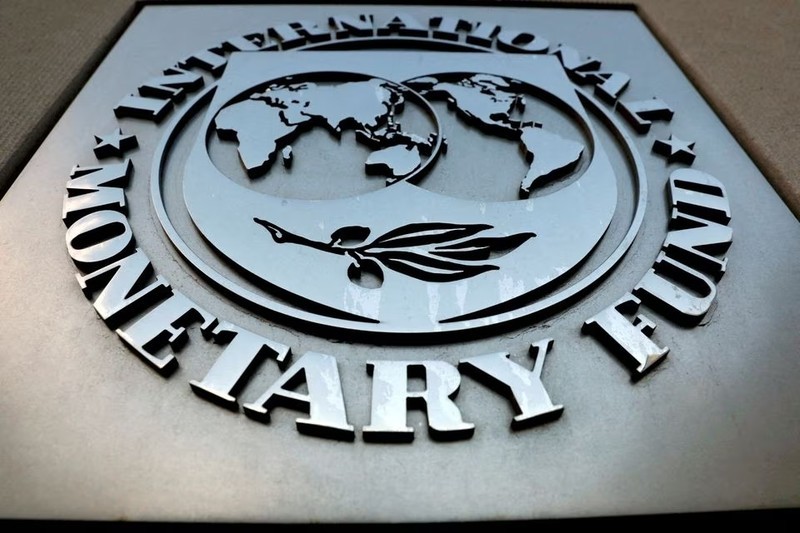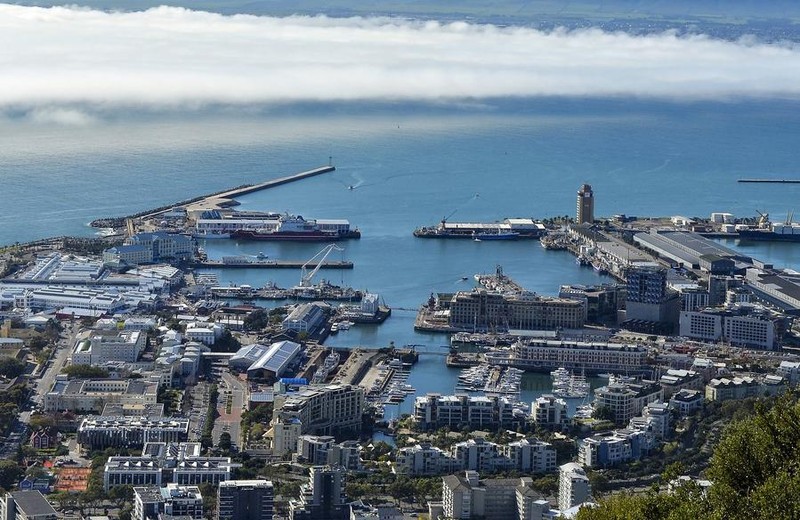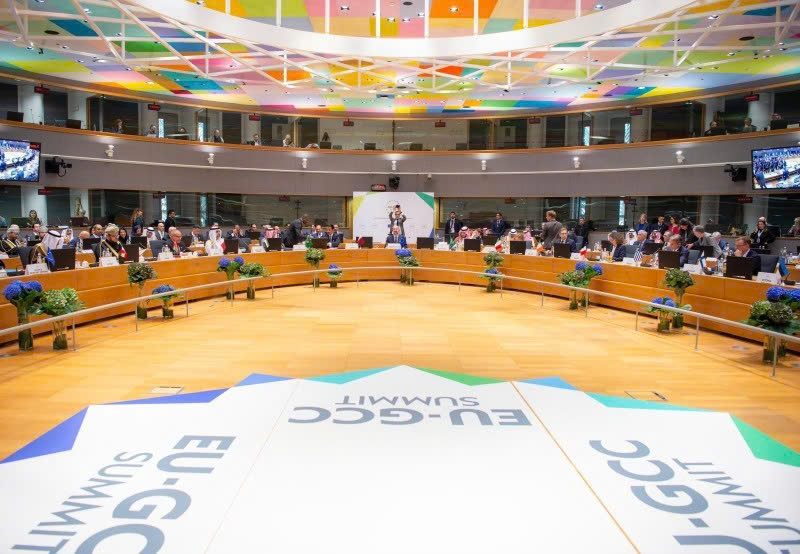In a report prepared for the Annual Meetings of the IMF and the World Bank Group (WBG), which will take place next week, the IMF’s experts assessed that the threat to stability is spreading to financial channels. In the context of the world banking system in turmoil, the topic related to financial stability will dominate the discussions in the upcoming conference.
The IMF has long warned of increased costs, economic friction and gross domestic product output losses, associated with the global economy fragmenting into geopolitical blocs, which can lead to competition among technology systems and reduced trade.
In its latest report, the IMF highlighted the potential for rising tensions leading to the outflows of foreign capital, including direct investment, with a particularly high risk for developing and emerging market economies.
The IMF even said that the recent turmoil in the banking system in the US and Europe could spread to important non-bank institutions, such as pension funds, further complicating the central banks' fight against inflation. According to IMF economists, the risks in the banking sector are likely to increase in the coming months, as monetary policy continues to be tightened around the globe and spill over into the non-banking sector, which currently holds almost half of all global financial assets.
The impact of instability in the global financial system is most evident in the region gathering most developing countries. The WB forecasts that economic growth in sub-Saharan Africa will slow to 3.1% in 2023, from 3.6% in 2022.
According to the WB, debt difficulties remain high in 22 countries in the region and inflation continues to be relatively high, at an average of 7.5% in 2023, above the containment target set by most countries. The investment growth in this region has slowed down, from 6.8% in the 2010-2013 period to 1.6% in 2021.
The WB slightly raised its forecast for economic growth of Latin America and the Caribbean to 1.4% in 2023, up 0.1 percentage point from the forecast in January 2023. The economies in the region have recovered to pre-COVID-19 levels, but their growth remains too low to warrant significant progress in the fight against poverty, the integration promotion and the alleviation of social tensions.
This region faces many limitations in promoting investment in infrastructure and services. Over the years, Latin America has invested an average of 3.5% of GDP in infrastructure, while Asia and Africa have recorded only 7%.
Growth prospects for developing economies in Asia are somewhat brighter, as the Asian Development Bank (ADB) forecasts it will reach 4.8% in 2023, higher than the forecast of 4.6%, issued in December 2022. The economic outlook of developing economies in Asia has been significantly improved thanks to China's rapid opening, after the COVID-19 pandemic, the ADB noted.
To react promptly in bad situations, the IMF recommended that regulators should check the pressure and better learn about the effects of increasing geopolitical tensions on the financial system.
Policymakers need to strengthen crisis management frameworks through credit provisioning systems, from international institutions such as the IMF. The economies with foreign dependency should strengthen reserves for foreign exchange reserves, capital and liquidity at financial institutions.
Source: NDO












.jpg)
